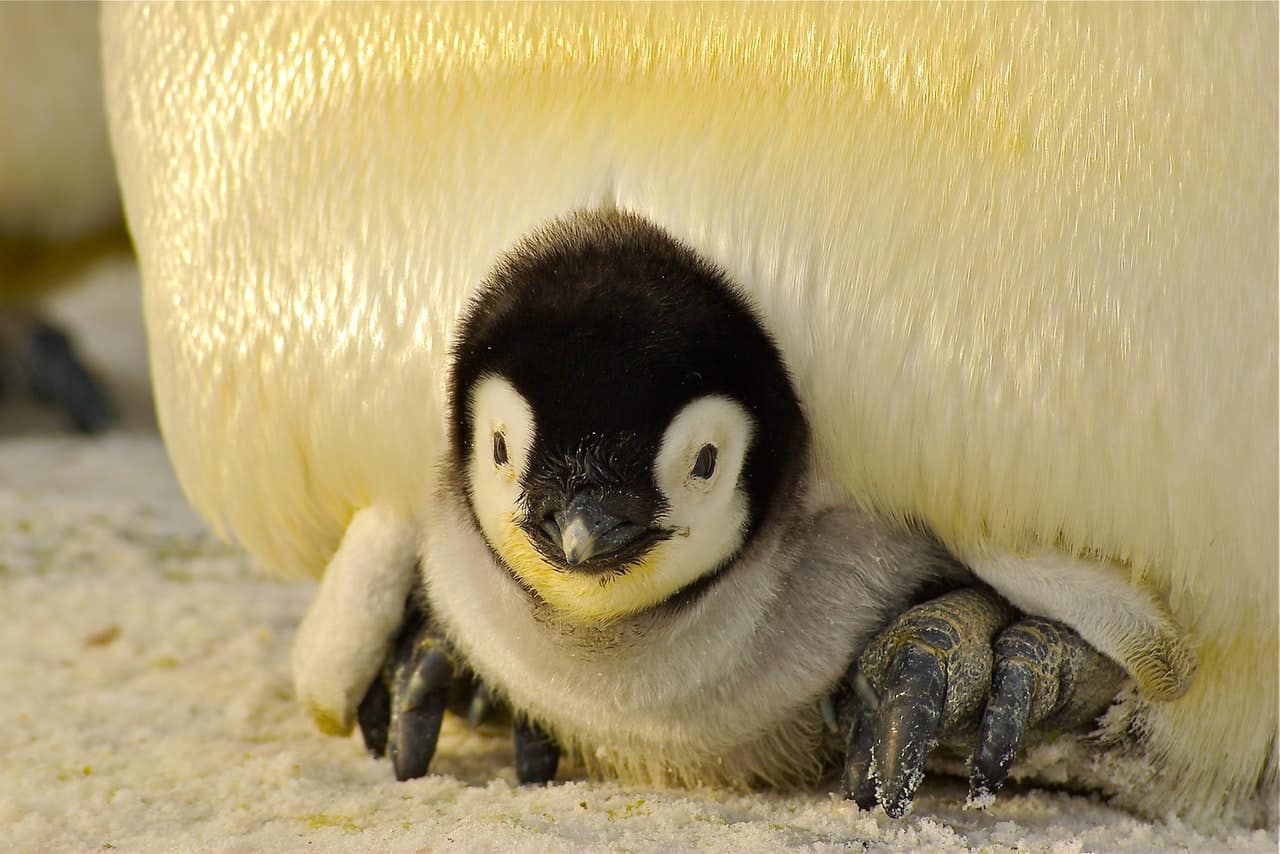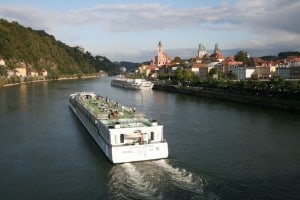Last Updated on July 7, 2022 by Aswetravel
Antarctica Cruise | Adventure of a Life Time – There are your typical cruises, and then there are adventures. Antarctica cruises definitely fall into the second category. So what’s the difference between an Antarctic adventure and your everyday cruise sailings? Well, if you’re in the mood for overcrowded tourist towns that are barely distinguishable from each other no matter what country you’re in then an Antarctic cruise is definitely not for you. Antarctic adventures are exactly that – an adventure. You’re not paying to move from one tourist t-shirt shop to another. Instead, you’re taking a trip to explore one of the most remote and pristine regions left on the planet. Not only that, but Antarctica is the only place you won’t find mosquitoes. Of course, taking a cruise that pushes further means that you’re going to have to be a little more prepared than you would have to be for your typical tourist-trap sailings. Let’s take a quick look at some Antarctic cruise tips that will help you make sure you’re going to get the most out of your expedition.
Antarctica is a continent located at the southernmost part of the world. Antarctica is the world’s coldest, windiest and driest continent and is officially a desert. As if the wind weren’t enough to contend with, Antarctica also has some of the harshest conditions anywhere. Temperatures can dip below -100°C at night in some areas. During summer months, fierce sunbeams shine down at angles of 60 degrees or greater, baking land, sea and air. Rainfall totals barely trickle — even during the height of austral spring and summer — leaving the surface vulnerable to drying winds and thawing permafrost. Even so, there is no shortage of water. Most of the continent receives 3.4 billion gallons of water per day, courtesy of melting ice and rainfall. A few pockets of dry air remain in the interior, while large swaths of the coast experience foggy days for weeks at a time. On the windward side of the continent, the atmosphere is laden with clouds, keeping temperatures far above freezing when others around the globe may be experiencing record heat waves. As a result, the mountains of East Antarctica get up to 6 feet of snow each season.
Away from the coastal areas, winds create a blanket of dry, powdery snow around the continent. Even though temperatures rarely rise above freezing during summer months, there are brief periods when the snow melts and turns to rain. Rainfall generally occurs from November to April, especially between December and January, when massive storms sweep over the land. When the clouds pass away and the sun shines down, snow evaporates back into vapor. As the air cools, water condenses out of the atmosphere and forms clouds again. This cycle repeats until the next storm hits. In addition, some parts of the interior have seen permanent rainfall throughout the year. Because it has no soil or vegetation to absorb the liquid, melting snow pours straight downhill, collecting in lakes and ponds. Meltwater also flows into rivers and streams, eventually reaching the ocean. Some of the runoff, rich with minerals from the rocks beneath the surface, is used for drinking water.
While weather patterns vary greatly from one spot to another, they tend to be calm overall. The prevailing trade winds blow steadily out of the west. These winds meet high pressure systems moving in from distant oceans, resulting in strong southwest winds. A few gales do occur, reaching hurricane strength.
Antarctica cruise

- See Emperor Penguins Antarctica Expedition
What will I see on Antarctica Cruise
Antarctica is a huge region, claiming some 14 million km2 (5.4 million miles). It’s simply too big to take it all in during one cruise, especially when you consider that A) some of its interior is pretty unreachable due to distance and B) various Antarctic voyages have different/alternative/additional stops along the way (e.g. the Georgian Islands, the Falkland Islands, etc.). Your best bet is to list out what draws you the most to an Antarctic cruise.
- Bird watching
- Meeting penguins
- Antarctic landscapes
- Icebergs
- Seals
- Whales
- Camping out
- The Aurora Australis
- Diving
- Tortoises
- Various activities (mountaineering, ski trekking, etc.)
And so on. Even within these points you’re going to have sub-categories. For example, if you’re looking to check specific birds off in your bird book you’re going to have to choose between different destinations. So don’t pick an Antarctic cruise at random. Sort your list until you know what’s most important to you, and then do a little reading to make sure you choose the cruise most suited to what you’re looking to experience. If you’re looking for a trip that’s going to truly push into regions not seen by the vast majority of the human race then an Antarctic cruise is the way to go. Yes, it does take a little more prep-work than tourist cruises, but it also comes with a much higher level of satisfaction and adventure.
Cruise to Antarctica
If you’re taking a cruise to Antarctica itself (as opposed to one that visits the remote island regions of the southern oceans) then you’re going to cross the Drake Passage. Sometimes the Drake Passage is completely calm, but you shouldn’t count on it. Instead, prepare as if you’re fully expecting the Passage to be at its roughest. If you’re prone to seasickness then visit your personal physician ahead of your trip and get him or her to hook you up with some Dramamine (or other motion-sickness drug). Motion sickness drugs are not cures, they’re preventative. You take them ahead of time and they build up in your system, preparing you for rougher days at sea. Antarctic cruise ships run the gamut from luxury-oriented (including spas and hot tubs) right down to simple sailing vessels. It’s really up to you to choose which kind of ship you want to board. Keep in mind though that the more meat-and-potatoes ships have the advantage of being geared towards pushing into bays and fjords that the more luxurious ships can’t reach.
What activities can I participate on Antarctic cruise ship
Just like with your list of things that you want to see, you should take a moment to figure out what kinds of activities you want to participate in. Some cruises won’t have certain activities because of their routes. Or they may have a variety of activities that you have to pay for individually. And some activities require previous experience and log-books/certifications (i.e. diving, mountaineering).
- Hikes of varying difficulties
- Snow-shoeing
- Mountaineering
- Ski treks
- Bird-watching
- Kayaking
- Camping out
- Shoreline and iceberg exploration via a Zodiac (a small outboard-motor boat)
- Photography
- Visiting historic sites

If this is your first time heading to the Antarctic then you might want to see what cruise-lines offer “basecamp cruises.” These cruises tend to offer a wide variety of activities suitable for beginners under one blanket price, allowing you to try a little bit of almost everything. You don’t have to be an athlete to take part in an Antarctic cruise, but you should at least be mobile and in good enough shape to enjoy easy hikes. Aside from the onshore activities, you’re also likely going to have to be limber enough to get in and out of Zodiacs in order to get from ship to shore.
How should I dress?
Most decent Antarctic cruise lines will send you specific information about what kind of clothing you should bring when you sign on with them. The short version of that information is to bring layers, with back-ups for when your clothing gets wet. Layers help trap air between them that gets warmed by your body, which in turn helps keep you warm. Also, it allows for much easier temperature control if you’re heating up thanks to taking part in a hike or a kayaking session. Depending on the cruise, you might be provided with rubber boots. If that’s not the case, you’re going to want waterproof rubber boots with good grips on the soles and a high enough top to keep water from sloshing in as you make your way to and from the Zodiac while on shore.
Antarctica Flag
Antarctica has no official flag as the organization that governs the continent has not yet formally selected one, although some have adopted True South as the flag of the continent.
How many people live in Antarctica
As you might imagine, Antarctica has a very small population. During the summer the Antarctica population is approximately 4,500 scientists, researchers and educators live in the Antarctica. During the winter months, that number drops below 1,100 people. One thing Antarctica has plenty of is Ice! A majority of the world’s ice is located in the Antarctica.
Pyramids in Antarctica
New pyramid in Antarctica? Not quite, say geologists. The mysterious new structure is a giant ice plug that has formed over an old one and now blocks off part of a glacier. It’s new pyramid-shaped structure has been discovered on a remote Antarctic ice shelf. The discovery is being hailed as proof that there are pyramids buried under the ice and not just in Egypt. But it’s actually much more complicated than that. The pyramid was found by an international team of scientists who were using radar to map the bottom of the Weddell Sea. The mysterious new structure at the bottom of Lake Vostok is not a pyramid. It’s actually an inverted cone with a flat top. The shape was created by a combination of tectonic forces and water erosion over millions of years.




